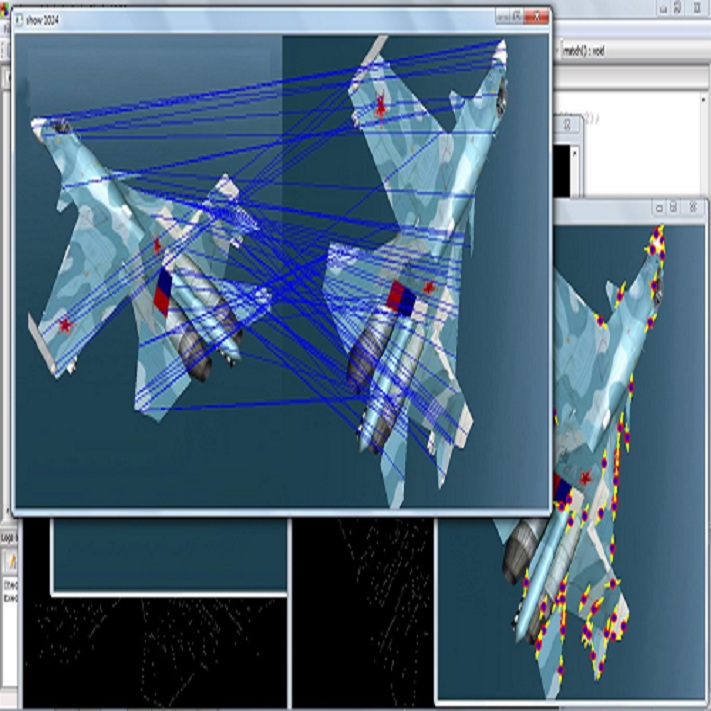Radiological images such as computed tomography (CT) and X-rays render anatomy with intrinsic structures. Being able to reliably locate the same anatomical structure across varying images is a fundamental task in medical image analysis. In principle it is possible to use landmark detection or semantic segmentation for this task, but to work well these require large numbers of labeled data for each anatomical structure and sub-structure of interest. A more universal approach would learn the intrinsic structure from unlabeled images. We introduce such an approach, called Self-supervised Anatomical eMbedding (SAM). SAM generates semantic embeddings for each image pixel that describes its anatomical location or body part. To produce such embeddings, we propose a pixel-level contrastive learning framework. A coarse-to-fine strategy ensures both global and local anatomical information are encoded. Negative sample selection strategies are designed to enhance the embedding's discriminability. Using SAM, one can label any point of interest on a template image and then locate the same body part in other images by simple nearest neighbor searching. We demonstrate the effectiveness of SAM in multiple tasks with 2D and 3D image modalities. On a chest CT dataset with 19 landmarks, SAM outperforms widely-used registration algorithms while only taking 0.23 seconds for inference. On two X-ray datasets, SAM, with only one labeled template image, surpasses supervised methods trained on 50 labeled images. We also apply SAM on whole-body follow-up lesion matching in CT and obtain an accuracy of 91%. SAM can also be applied for improving image registration and initializing CNN weights.
翻译:计算断层成像( CT) 和 X 射线等辐射图像可以使内建结构解剖。 在医学图像分析中, 能够可靠地定位不同图像的同一解剖结构是一项基本任务。 原则上, 可以为此任务使用地标检测或语义分割法。 但是, 要很好地发挥作用, 需要为每个解剖结构和子结构提供大量的标签数据。 一种更加普及的方法可以从未贴标签的图像中学习内在结构。 我们引入了这样一种方法, 称为自监督的解剖和模拟( SAM) 。 SAM 能够为描述解剖图的精度做出任何感知性标, 每个描述解解剖图的像素结构都是医学图像分析器的基本任务。 原则上, 为了生成这样的嵌入, 我们提议一个像素级对比度水平的对比性学习框架。 一种粗的解析到线策略可以确保全球和地方解剖信息被编码。 无效的抽样选择策略只能用来加强嵌入的解析性。 使用 SAM, 将任何感兴趣的点标本图像标在模板的精度上贴, 然后将S 3 将S- 将S lax im im 标标标标标标定在一个部中应用一个位置上, 然后将S 。 我们将S 将S 的精度定位在一个图像在二 。 在最近的图像中用一个图像中, 在最近的缩缩缩的缩的缩缩缩的缩的缩缩缩缩缩缩缩缩入为S 。



